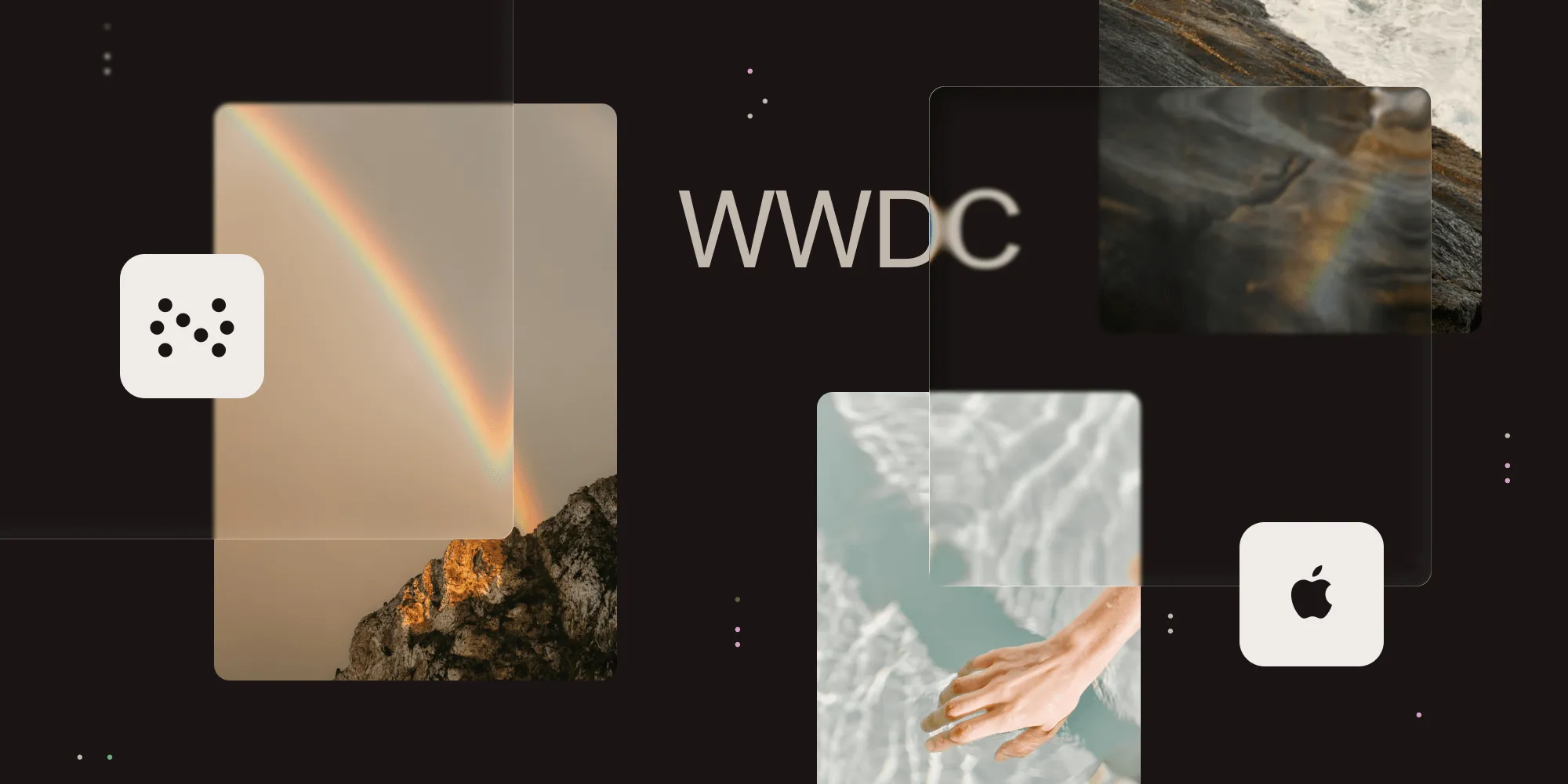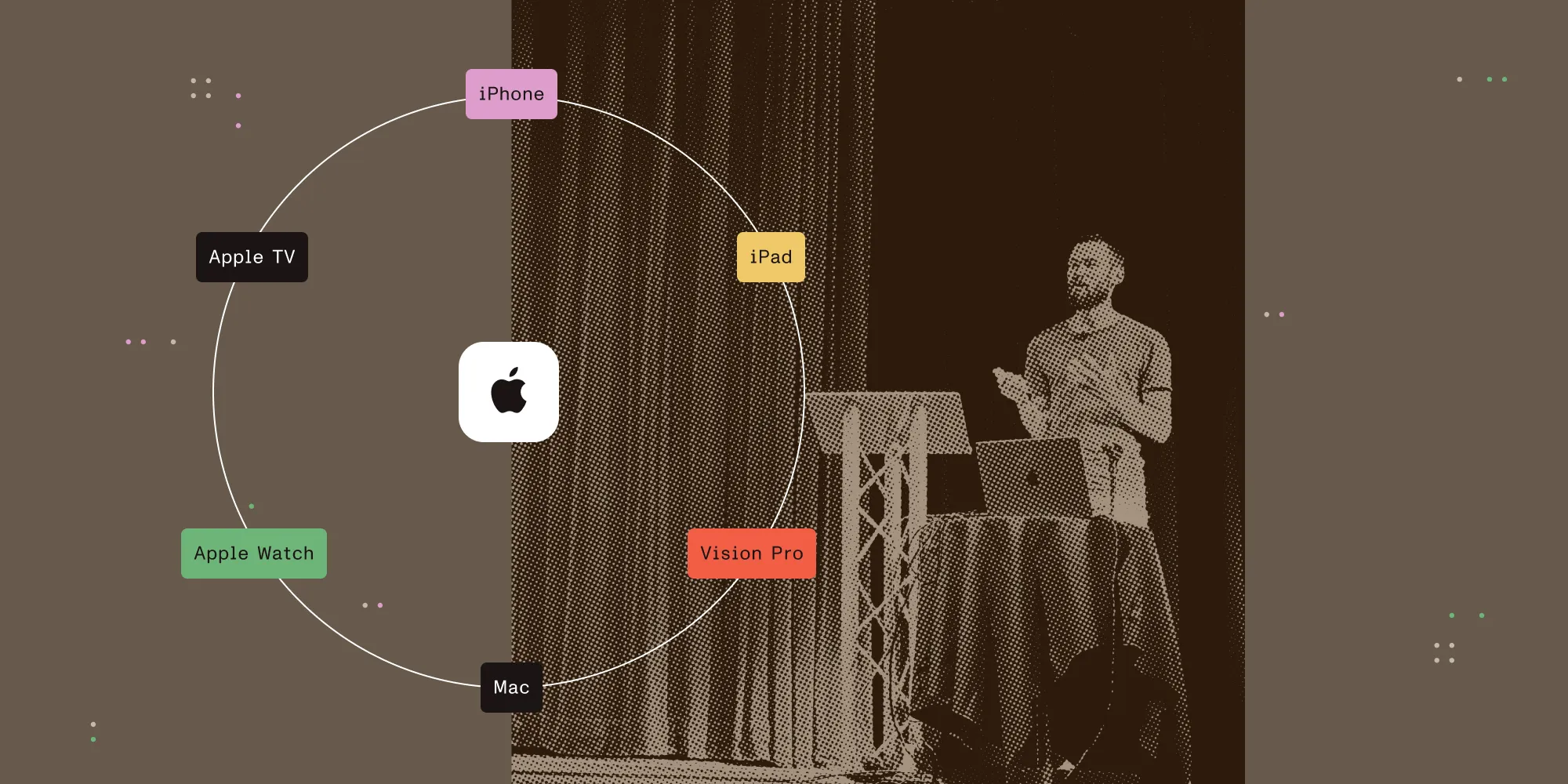Apple’s vision of our digital future
Table of contents

As the tech world eagerly anticipates the launch of Vision Pro(opens in a new tab), Apple’s cutting-edge mixed reality headset, it’s prudent to evaluate its position in the current tech landscape and explore the possible future trajectory of this device and the broader mixed reality space.
Apple’s spin on mixed reality
Augmented and virtual reality (AR/VR) technologies aren’t new, with popular devices like the Meta Quest(opens in a new tab) already making a mark in the market. However, Apple is known for redefining existing technology spaces instead of merely joining them. By coining the term “spatial computing”(opens in a new tab), Apple is already making it clear that the company intends to distinguish itself, not as a competitor in the existing market, but as a trailblazer carving out a new segment. This is following Apple’s historical pattern of mainstreaming technology through superior design, software, and user experience. This strategy was previously seen with some of its other transformative products, like the personal computer, iPod, iPhone, iPad, and Apple Watch. We’d be foolish to think that this attempt at disruption will have much lower chances at success as the ones before it.
Software is key
Apple is often perceived more as a hardware innovator than a software powerhouse, but the integration of software and hardware is a critical factor in the success of its products. iPhone, for instance, transformed the touchscreen phone market by offering a fluid, user-friendly interface and eliminating the need for cumbersome accessories. Early impressions of Vision Pro suggest a similar leap in human-computer interaction, with users describing the user interaction experience as magical(opens in a new tab).
Leveraging iOS to create visionOS, Apple taps into a vast ecosystem of high-quality apps and an innovative and dedicated developer community. This will give the new platform immediate access to thousands of applications, many of which will be adjusted to leverage the specifics of the new platform, setting a very high bar for any aspiring competitors.
Will it become mainstream?
The mainstream adoption of Apple Vision Pro is likely, but it’ll take time. The initial price point of $3,499(opens in a new tab) makes it destined as a product for early adopters and power users. Some even go as far as calling it a glorified DevKit(opens in a new tab). While there’s some truth to this, I’d agree with others(opens in a new tab) that at least Apple is clearly placing this as the next big thing. The “Pro” in the name already suggests the eventual release of more affordable versions.
The device’s current size and design may currently limit its use in everyday settings, however, advancements in technology will surely lead to smaller, more discreet devices in the near future. We don’t have to stretch too far to see how such advancements in, say, transparent displays(opens in a new tab), currently shown at CES 2024, could aid in the development of more refined versions of mixed reality headsets.
Mixed reality next to AI
While the jury might be still out on mixed reality, it’s already clear that artificial intelligence (AI) is becoming a staple in our daily lives. One of the many consequences of generative AI is a reshaping of human-computer interactions and a reduction of reliance on traditional input methods like screens. Devices like the Humane Ai Pin(opens in a new tab) and Ray-Ban Meta smart glasses(opens in a new tab) are already exploring these changes. Apple’s virtual assistant, which is also built into Vision Pro, is bound to become better — dare I even say good — with the adoption of large language models (LLMs). Interacting with voice still seems awkward nowadays, but this will be much more commonplace in the future. Mixed reality, with its ability to blend the digital and physical worlds, is a natural complement to these AI-driven interactions. The device, with its plethora of sensors, can be used to continuously pick up the environment. We can then use natural language commands to perform contextual actions, with results being transparently projected back into the real world. Something that seemed like science fiction a few years ago is all but sure to become reality.
Starting with media
Apple is positioning Vision Pro as a device that can do anything your current devices can do — from casually browsing the web, to helping with in-depth productivity workflows. A lot of Apple’s own first-party app efforts at launch seem to be focused around media consumption(opens in a new tab) and related activities, alongside ensuring the standard applications you know from iOS work well on Vision Pro.
However, I’m sure this isn’t going to be anywhere close to everything we can expect from this device. If history is anything to go by, we can expect crafty third-party developers to quickly discover where this new platform can add unique new use cases to their applications. We can take a look at Complete HeartX(opens in a new tab), slotted to be released at launch, as an inspirational example. We’re surely going to soon see all kinds of productivity applications — from professional architecture visualizations, to your everyday word processor. In the end, this device does have the potential of replacing all of our conventional screens, so we can assume that everything we do with our screen-based devices right now could one day be done in a mixed reality setting.
How will documents fit in?
As the CTO of Nutrient, I can’t help but to also think about how a device like this will impact our interactions with documents. Documents, a longstanding element of human society, will surely continue to be relevant, but we’ll be interacting with them differently in the future. We won’t be concerned about their physical location or format; AI assistants will manage and project them into our environments as needed. Collaboration will be in real time and ubiquitous. We’re true believers in this eventuality and don’t want to just be along for the ride, but rather to help pave the way toward this future. In that sense, we’re putting our money where our mouth is and are happy to be offering a document SDK for visionOS from day one.
Conclusion
Apple Vision Pro represents more than just a new product; it’s a symbol of the ongoing transformation in how we interact with technology. Apple’s focus on creating a seamless, high-quality experience in spatial computing sets the stage for a future where mixed reality becomes a fundamental part of our digital lives. As technology progresses and devices like Apple Vision Pro become more accessible, we can expect to see profound changes in entertainment, professional applications, and everyday interactions. Just as many other software development companies are doing, we at Nutrient are already preparing for this future.







